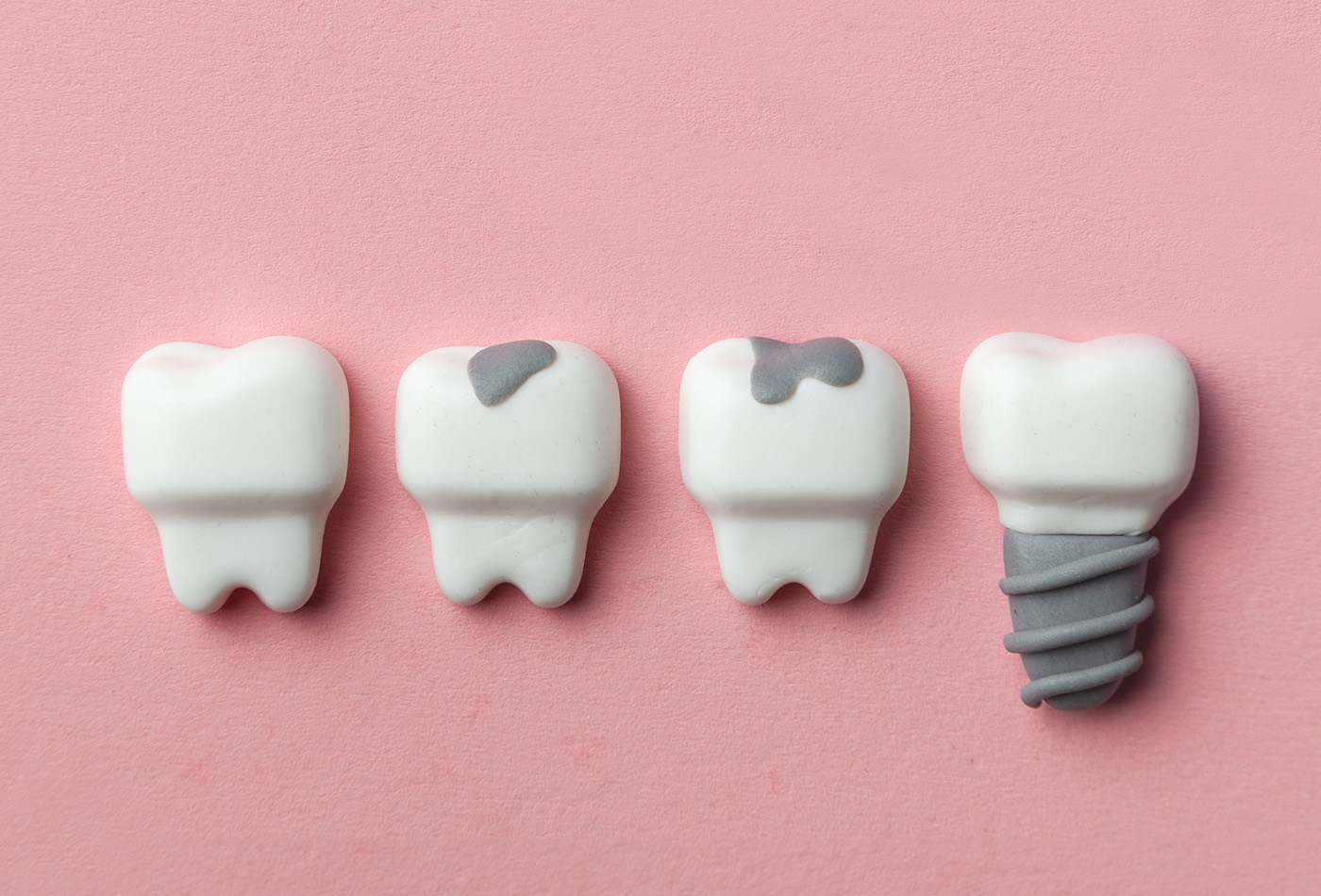
Direct Vs Indirect Restoration: Understanding The Differences
Top-notch oral health takes more than just regular brushing and flossing. Amidst the myriad of dental restoration procedures, you might have run into direct vs indirect restorations. It’s important to understand what they are, their necessity, and their characteristics, so you can make the most informed decision.
In this article, we’re breaking down their definition and giving an in-depth comparison between the two.
Overview of Direct and Indirect Restorations
In the world of dentistry, direct and indirect restorations are approaches to mend and rejuvenate damaged or decayed teeth. The labels “direct” and “indirect” refer to how these procedures are carried out.
Direct restorations typically take just one appointment. The dentist will apply a restorative material directly into the tooth to rebuild its structure. The ‘direct’ application gives the approach its name.
Indirect restorations, on the other hand, create a tooth replacement or covering tailored to fit your teeth. It must be manufactured in the dental lab and so meticulously done it usually needs more than one visit. It’s opposed to the ‘direct’ method in every way, hence, labeled ‘indirect.’
Procedures Involving Direct Restorations
Here are some of the most common procedures classified as direct restorations.
Fillings
Fillings are perhaps the most common form of direct restoration. If you’ve ever had a cavity, you’ve likely experienced this procedure.
First, the dentist removes the decayed portion of the tooth, usually seen as parts in black. Some people might feel scared of the removal process, but it should take under a minute and is very likely to cause no pain or discomfort. Then, a restorative material is filled into the removed portion, restoring both the tooth’s look and function.
Dental Bonding
As the enamel thins and grows weak, your teeth could chip or turn another colour. Similar to filling, dental bonding uses a composite resin to restore the teeth’s overall look. Different from filling, however, this requires no removal procedure whatsoever.
Once the material is applied, the dentist shapes it to achieve a natural-looking result.
Procedures Involving Indirect Restorations
Here are some of the most common procedures classified as indirect restorations.
Crowns
Dental crowns are custom-made coverings that encase the entire visible portion of a tooth, giving it strength and stability. They’re typically prescribed when a tooth is severely damaged or decayed.
Dental crowns can be made out of various materials and can last many years, but they may need to be replaced or repaired after a certain period. Regular brushing and flossing, along with routine dental check-ups, will help ensure that your dental crown lasts for a long time and your underlying tooth stays healthy.
⇒ Maybe you’ll be interested in: How to Take Care of Dental Crowns?
Inlays and Onlays
These are hard materials made to replace the damaged area of the tooth. Like crowns, they are much harder than dental fillings and are made in a dental lab to fit your tooth and look perfectly natural. An inlay fits within the cusps (or bumps) on the chewing surface, while an onlay covers one or more cusps or the entire chewing surface.
Inlays and onlays are permanent.
Veneers
Veneers are thin shells of porcelain or composite resin custom-made to fit over the front surface of a tooth. They’re often used to restore the appearance of teeth that are stained, chipped, or misaligned.
Dental Bridges
When one or more teeth go missing, dental bridges are deployed. They are a series of false teeth with two crowns on either side, which are designed to fit the healthy teeth next to the gap. It’s a less invasive procedure to install missing teeth compared to dental implants.
How to Know if You Need a Direct or Indirect Restoration?
Before prescribing the appropriate method, a professional will assess the followings:
Patient’s Oral Health
The extent of tooth damage or decay plays a major role in deciding the best approach. Direct restorations are quick ways to target minor damage, while severe damage or decay typically prompts an indirect approach.
A clear understanding of your teeth’s condition, however, requires a close-up inspection done by professionals. Each degree of damage can also call for different indirect methods.
Location and Function of the Tooth
The heavy-lifters like your molars often endure forces more than any other teeth. When they’re damaged, they’re more likely to require indirect restorations for enhanced durability. Conversely, a front tooth with minor decay might be well-served by a less noticeable direct restoration rather than a veneer installation.
Patient’s Preferences
At the end of the day, it’s all about you. Your comfort, budget, and aesthetic preferences play an integral role in the decision-making process. Your dentist will guide you, but your personal feelings and expectations shouldn’t be sidelined.
Conclusion: Advancements in Dental Restoration Technology at NYC Smiles
Choosing between direct vs indirect restoration can be daunting, but you don’t have to do it alone. It would be best if you didn’t do it alone, either, as factors to consider are better assessed by a professional. Still, it’s never extra to be equipped with the latest news, so you and your dentist can come to an informed decision together.
At NYC Dental Smiles, we strive to give our patients the best assessments with the latest dental technology. If you’re considering dental restoration, contact NYC Dental Smiles now to have your oral health evaluated and preferences discussed.
Source
Direct vs. Indirect Restorations: What’s the Difference? – Bethesda Family Dentistry. (2020, April 23). Bethesda Family Dentistry. https://bethesdafamilydentistry.com/direct-vs-indirect-restorations-whats-the-difference/
Your Options for Damaged or Missing Teeth. (2022, July 6). Verywell Health. https://www.verywellhealth.com/restoration-definition-of-restoration-1059434